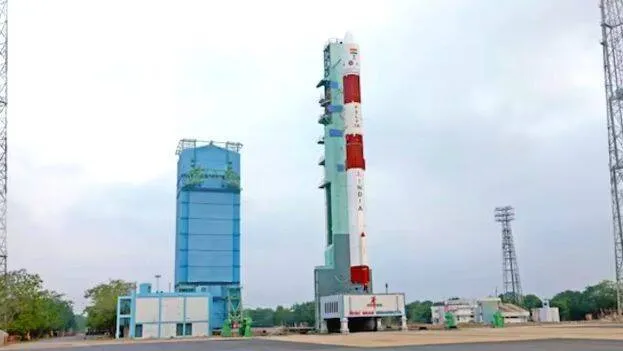

THIRUVANANTHAPURAM: India is just a few days away from becoming the country that achieves the highly complex technology of docking two probes in space. ISRO successfully launched the satellites to be used for this last night.
Within ten days the two satellites will dock and become one. With this, India will become the fourth country to dock and undock probes in space. Only the United States, Russia and China have achieved this feat.
SDX 01 (chaser satellite) and SDX 02 (target satellite) were successfully launched on PSLVC 60 rocket at 9.58 last night. The rocket took off from the first launch pad at Sriharikota and put the two satellites into an orbit 476 km above the Earth within 20 minutes.
The satellites weigh 220 kg each. The mission is called SpaDeX, which stands for Space Docking Experiment.
Satellites 20 km apart
The fourth part of the rocket, which remains in space after delivering the satellites, will be seeded and tested. The recycling of rocket parts is called POEM 4 (PSLV Orbital Experiment Module). POEM 4 also has a robotic arm to grab space debris. There will also be facilities to test the green propulsion system. The plan is to germinate and grow eight cowpea seeds. The survival of the plant till it gets two leaves will also be checked. The experiment is part of the Compact Research Module for Orbital Plant Studies developed at VSSC, Thumba. The seed experiment known as the Amity Plant Experimental Module in Space (APEMS) is developed by Amity University, Mumbai. The objective is to study the growth of spinach in a microgravity environment.